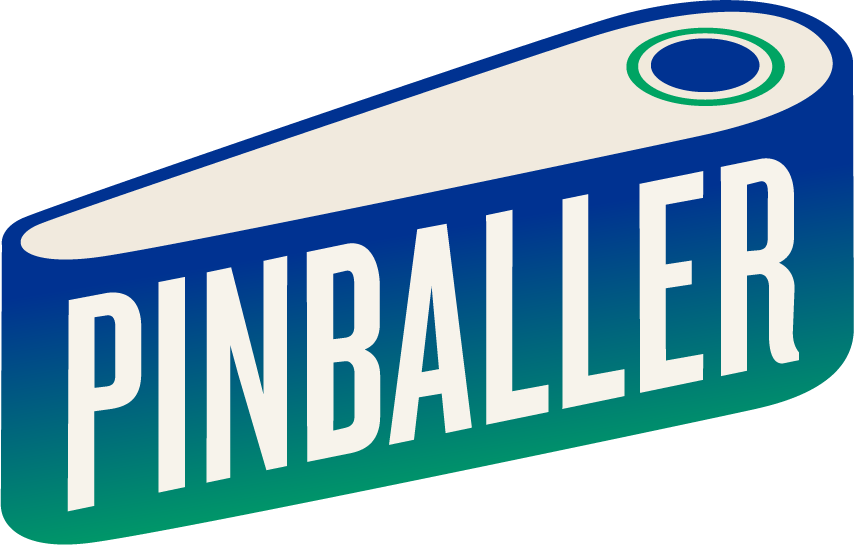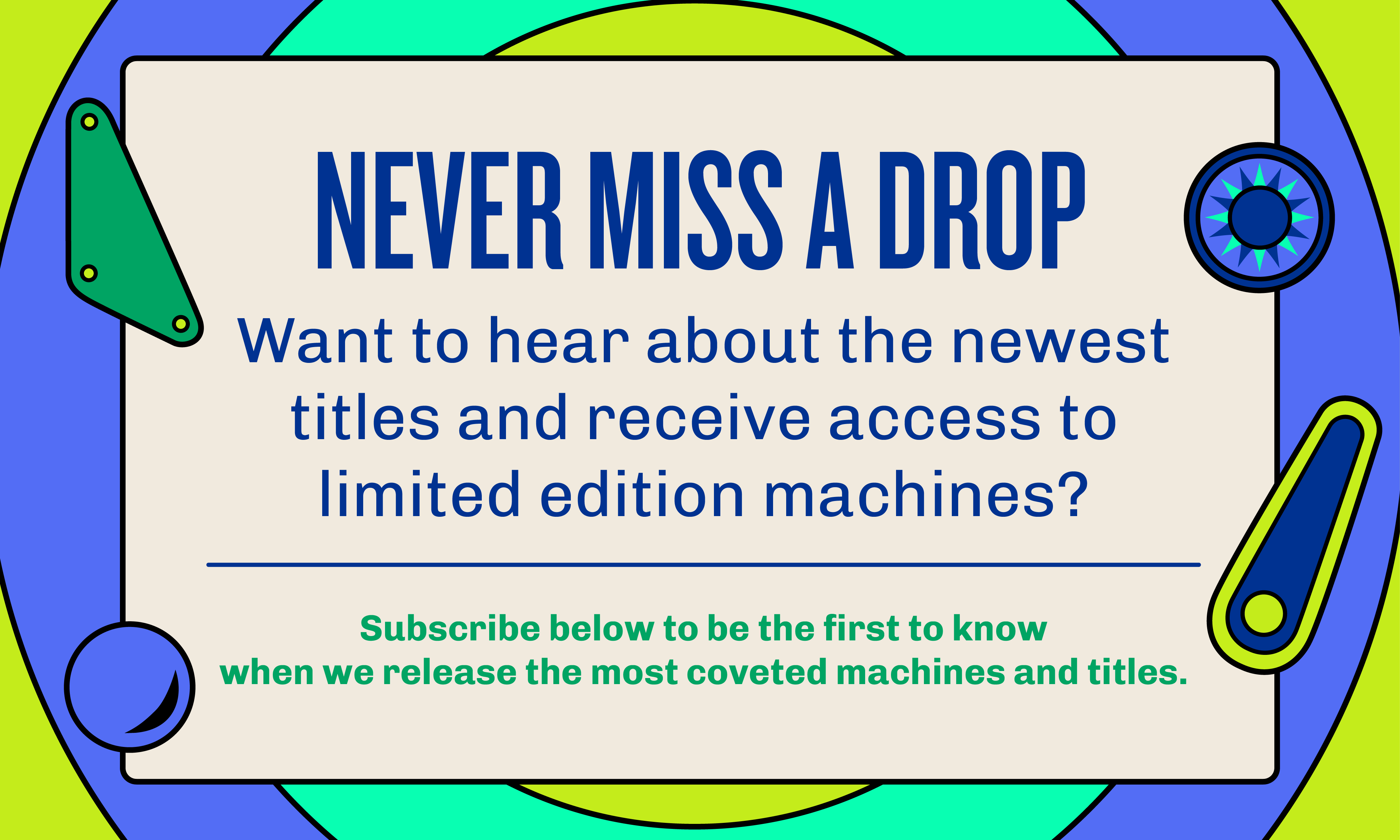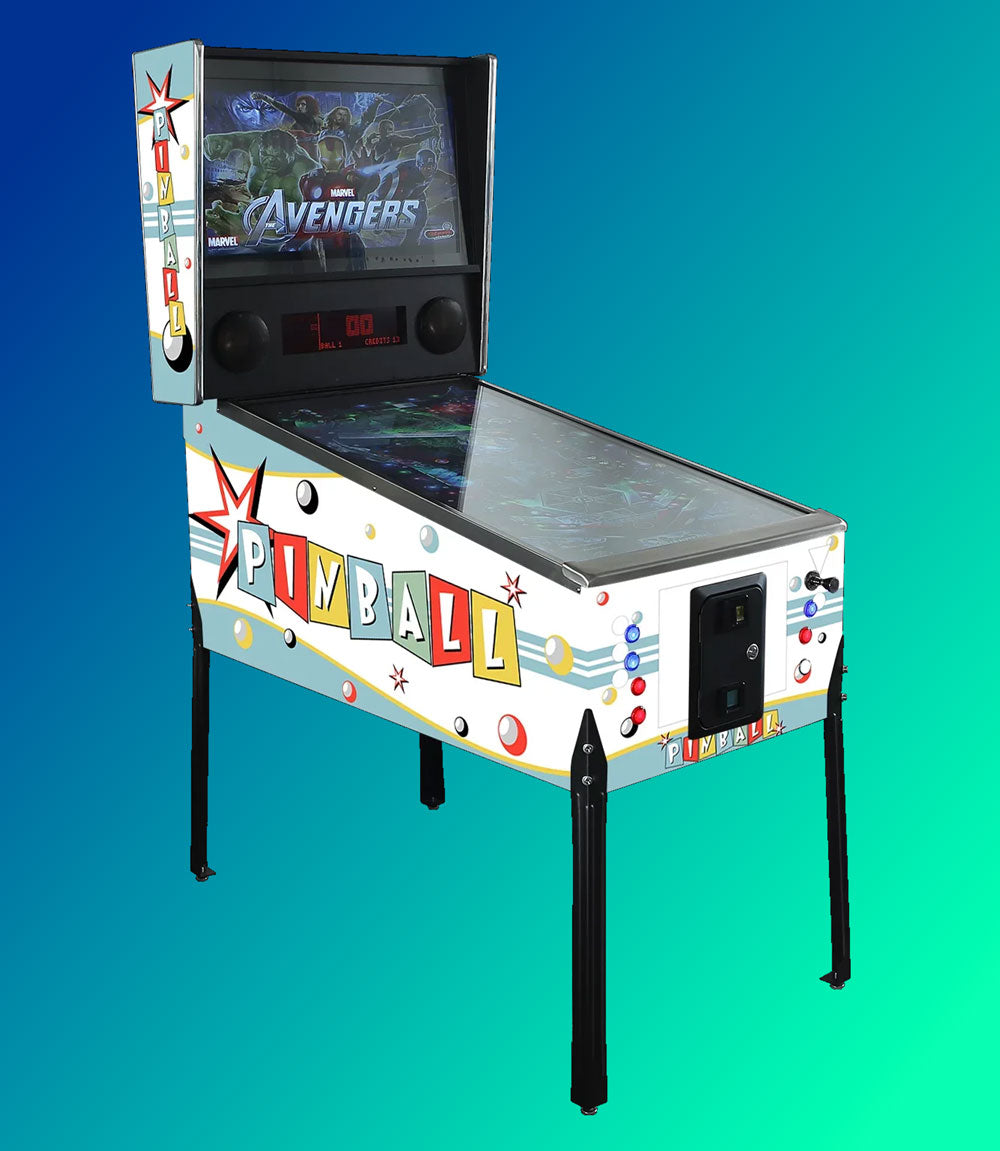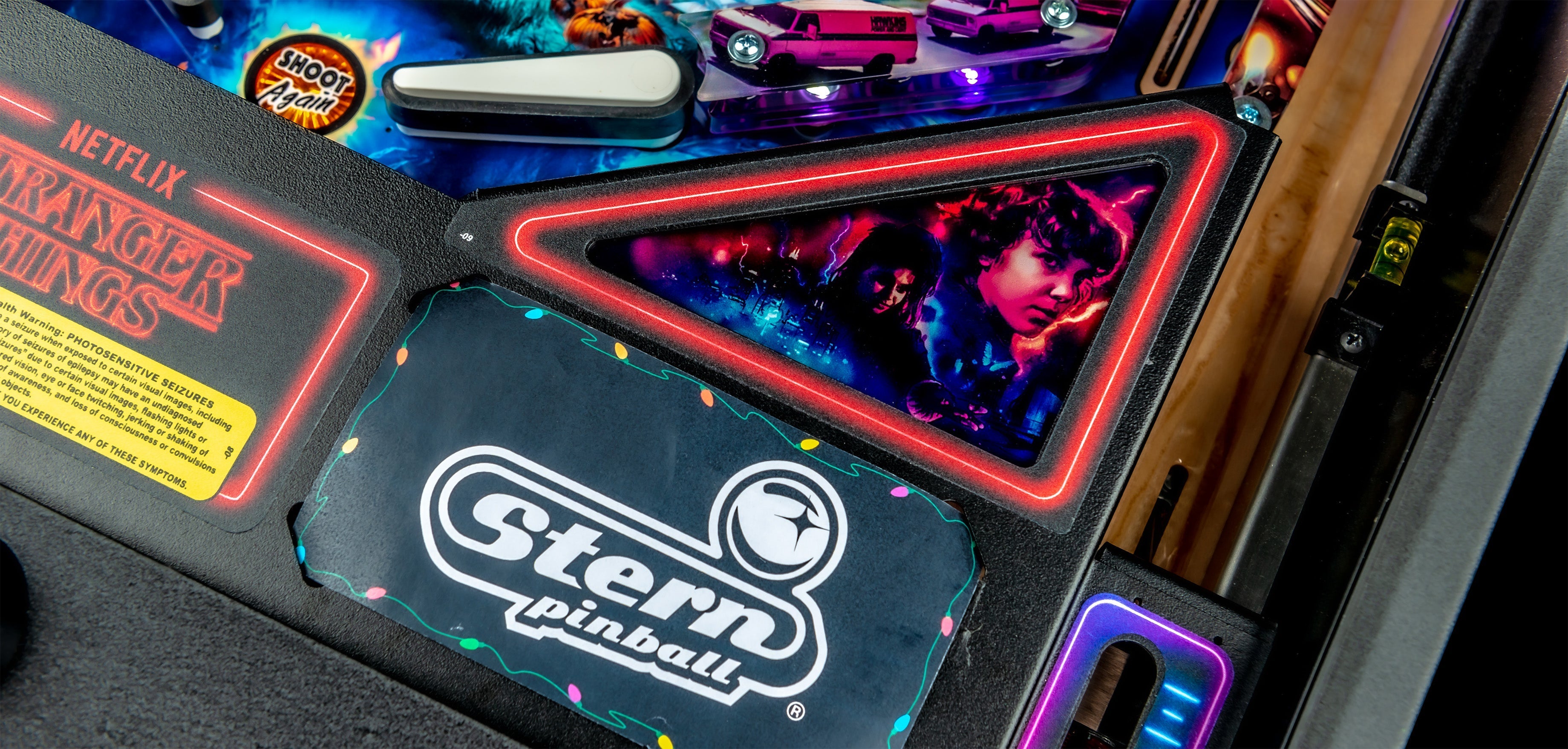Digital pinball machines may look flashy and convenient, but let’s be honest—they are no match for the real deal. If you've ever played a traditional pinball table, you know there's a certain magic in the clack of the flippers, the roll of a steel ball, and the tactile feedback of a machine that fights back. Digital pinball machines try to replicate that magic, but the result is often a hollow imitation.
First, What Is a Digital Pinball Machine?
So, what is a digital pinball machine exactly? In simple terms, it's a computer encased in a pinball cabinet. Rather than using mechanical flippers, bumpers, and steel balls, it relies on high-resolution screens and software to simulate the gameplay. Most digital machines feature:
- A vertical monitor that mimics the playfield
- A backglass display for scorekeeping and animations
- Speakers and vibration motors to simulate physical feedback
- Emulation software like Visual Pinball or Pinball FX
In other words, they are a virtual version of a real pinball game—designed to look like the original but driven entirely by code. And while that might sound like the best of both worlds, it falls short in some key ways.

All Show, Less Feel
Instead of real-world mechanics, digital pinball machines rely on visuals and pre-programmed physics. That means you lose the tactile interaction that defines classic pinball. There's no heft to the steel ball. No subtle vibrations as it bounces off targets. No physical response when you time a perfect flipper hit.Even with added features like solenoids, haptics, and sound effects, the experience feels simulated. It’s the difference between watching a roller coaster POV on YouTube and actually riding one. A digital pinball machine may look alive, but it rarely feels alive.
Where’s the Soul?
Each traditional pinball machine develops its own quirks over time. Slight warps, fading rubbers, and aging flippers give the game character. You learn its moods. You master the nuance of a well-timed nudge. That unpredictability is part of the charm.Digital pinball, in contrast, is consistent to a fault. Every session feels identical—no wear, no history, no personality. It’s clean, yes. But also sterile. And in the world of pinball, soul matters.
Too Much of a Good Thing
Digital machines often promise hundreds of tables in one unit. That sounds like paradise, but in practice, it leads to shallow engagement. You find yourself hopping between games without forming a connection to any one table.Plus, many digital recreations are just that—approximations. The ball movement can feel floaty. The physics sometimes miss the mark. If you're a seasoned player, you’ll notice these flaws right away. What is a digital pinball machine worth if it doesn't play like the real thing?
The “Maintenance-Free” Myth
One reason people gravitate toward digital pinball is the promise of low maintenance. No busted coils, burnt bulbs, or rubber rings to replace.But real pinball machines reward your attention. Tuning them sharpens your understanding of the game’s mechanics. Keeping them clean and calibrated builds pride and connection. And let’s not pretend that digital pinball machines are immune to problems—software glitches, dead monitors, driver errors, and corrupted firmware are very real headaches.
The Bottom Line
So, what is a digital pinball machine in the grand scheme of things? It’s a fun novelty, a space-saving entertainment option, and a decent way to sample classic tables virtually. But if you’re looking for the raw, tactile, pulse-pounding experience that made pinball a cultural icon, digital won’t scratch that itch.In an era obsessed with digital everything, there’s still something deeply satisfying about the physical. When it comes to pinball, the real thing doesn’t just play better—it feels better.
Have thoughts, questions, or favorite real machines you’ve played? Drop them in the comments, follow us on social, or reach out to us here! — We love talking pinball. 🛠️⚙️




Leave a comment
This site is protected by hCaptcha and the hCaptcha Privacy Policy and Terms of Service apply.